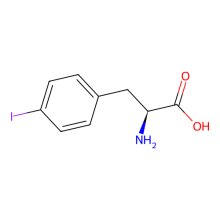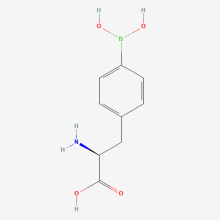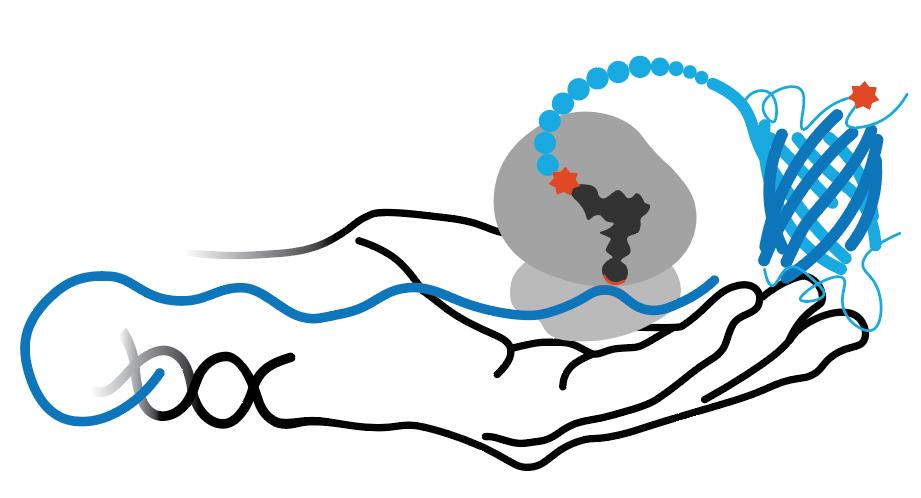RS/tRNA Foundational Publication Support
Chin, Jason W, Ashton Cropp, Christopher Anderson, Mridul Mukherji, Zhiwen Zhang, and Peter G Schultz. (2003) 2003. “An Expanded Eukaryotic Genetic Code.”. Science (New York, N.y.) 301 (5635): 964-7.
Chen, Zhi-jie, Wei Ren, Quintin Wright, and Hui-Wang Ai. (2013) 2013. “Genetically Encoded Fluorescent Probe For The Selective Detection Of Peroxynitrite.”. Journal Of The American Chemical Society 135 (40): 14940-3. doi:10.1021/ja408011q.
RS/tRNA Protocols and Structural Information
Lightle, Hailey E, Parmila Kafley, Todd R Lewis, and Rongsheng E Wang. (2023) 2023. “Site-Specific Protein Conjugates Incorporating Para-Azido-L-Phenylalanine For Cellular And In Vivo Imaging.”. Methods (San Diego, Calif.) 219: 95-101. doi:10.1016/j.ymeth.2023.10.001.
RS/tRNA Usage Publications
Chen, Zhijie, Shen Zhang, Xinyu Li, and Hui-Wang Ai. (2021) 2021. “A High-Performance Genetically Encoded Fluorescent Biosensor For Imaging Physiological Peroxynitrite.”. Cell Chemical Biology 28 (11): 1542-1553.e5. doi:10.1016/j.chembiol.2021.01.013.
RS/tRNA Pair Development Year
2013
ncAA(s) Incorporated
p-iodo-L-phenylalanine
ncAA Structure (png, jpg, jpeg)

ncAA Utility
Can be used for phasing in protein crystallography.
p-boronophenylalanine
ncAA Structure (png, jpg, jpeg)

ncAA Utility
enabled one-step "scarless" protein purification procedure, and can be used to site-specifically label proteins using various boronic acid chemistries. Also, in second foundational paper was used in creating a fluorescent probe for peroxinitrite.
RS Organism of Origin
Parent RS
RS Mutations
Y37I
D182S
F183M
D265R
D182S
F183M
D265R
tRNA Organism of Origin
Parent tRNA
tRNA Anticodon
CUA
RS/tRNA Availability
Can be obtained from AddGene Plasmid #64915 (from foundational paper 2)
Can also be obtained from AddGene Plasmid #157925 ( from usage function 1)
Can also be obtained from AddGene Plasmid #157925 ( from usage function 1)
Used in what cell line?
RS/tRNA Additional Notes
Originally developed as p-iodoPhe-RS2 in foundational paper 1 to incorporate p-Iodo-Phe in S. cerevisiae but not characterized there. In foundational paper 2 was shown to incorporated pBoF (p-boronoPhe), with 2mM pBoF yielding EGFP(39) in HEK293T cells with incorporation was confirmed by MS. The sequence reported in the Addgene deposition has an additional D265R mutation compared with the sequence reported in foundational paper 1.
